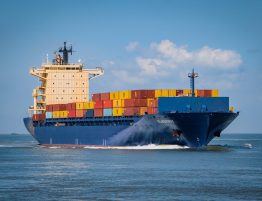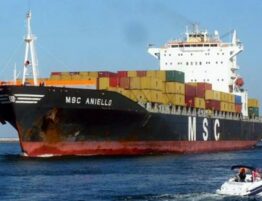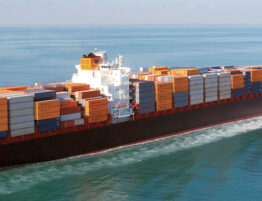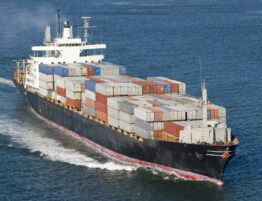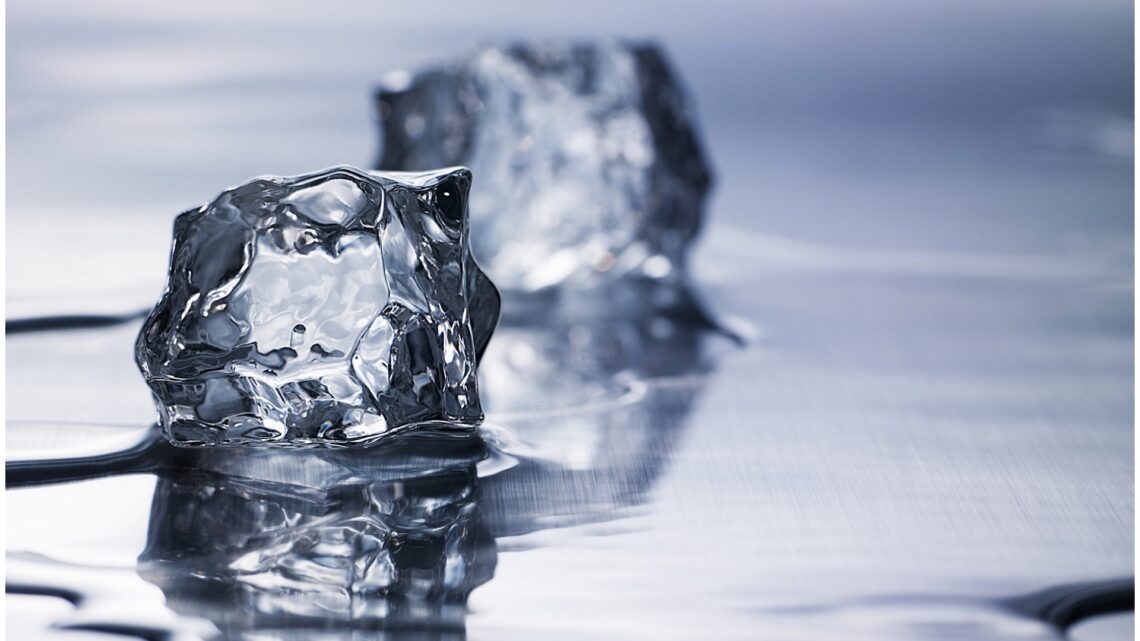
Cold treatment is used as a phytosanitary measure and is compulsory for exporting food, especially fruit, from several countries, such as the United States, Taiwan, Japan, Australia, India, China, New Zealand and many more. One of the most relevant clauses of the insurance contracts of transport of goods for export is the one governing the cases where the food arrives spoilt at its destination, because of the malfunctioning of the equipment providing cryopreservation. Such clause is called cold treatment clause.
In Italy a sector which has hardly ever come to a halt is the food sector, with over 300 million tonnes of goods sold abroad every year. Such goods obviously need to be transported to the Countries where they will be sold and distributed; the routes are sometimes transoceanic and allow the delivery of fruit to Asia, Africa and the Americas.
Besides the length of the traveled distance, such transports may present further critical factors, especially if the goods being exported are highly perishable, for example in the case of fruit and vegetables.
The transport may be organized by the same owner of the goods, or by a freight forwarder who, in this case, will be responsible for selecting the carrier who will perform the actual maritime transport.
Therefore, the freight forwarder also takes care of insuring the transported goods, in case they do not arrive at their destination uninjured, apt for sale or in case they spoil during the transportation.
There are a number of techniques using cryopreservation in order to ensure that the transported good remains as unaltered as possible during the journey to the country of destination, where it will be sold and consumed.
Indeed, cold has the advantage of preserving food, also for an extended period of time, without altering its biological value, nutritional value and organoleptic properties.
The use of cold can take various forms, depending on the purpose one wants to achieve. In this respect, the methods of preservation can be divided into two types: refrigeration and freezing.
In very general terms, it can be said that any method using cold temperatures has a “microbe-static” action. Cold doesn’t kill microorganisms, as in the case of heat treatments, but rather, it stops their growth.
Basically, the lower the temperature drops, the harder it is for microbes to grow, and if the freezing temperature is reached, then the growth stops completely.
However, it should also be remembered that heat treatments are performed both in the storage cell prior to shipment (pre-shipment) and on the refrigerated container during shipment (in transit).
In view of the above, one of the most important clauses of insurance contracts of goods that are being transported for export is the one regulating the cases in which the food does not arrive to its destination uninjured because of the nonfunctioning or malfunctioning of the equipment used for cryo-preservation: this is the cold treatment clause.
In fact, cold treatment is used as a phytosanitary measure and is mandatory for the export of food, especially fruit, from numerous Countries, such as the United States, Taiwan, Japan, Australia, India, China, New Zealand and many others.
To this concern, it is necessary to bear in mind that every Country sets individual export protocols, requiring special ways of implementing the treatment; for example, Taiwan has recently modified its own protocol, requiring exporters to position the sensors checking the fruit temperature during the journey in a particular “triangle” arrangement, otherwise the goods are not allowed into the Country.
Phytosanitary agreements between Countries are drafted by the relevant authorities; in the case of Italy, by the Ministry for Agricultural and Forestry Policy who, in turn, instructs the local phytosanitary services.
In fact, in case of shipments of perishable goods, the Italian phytosanitary inspector presides over the early stages of the cold treatment procedure, attending and certifying the compliance of the operations carried out by the carrier with the existing protocols.
For example, the inspector verifies the type approval certificate of the container and checks for the presence of the sensors and of a temperature recorder.
That said, cold treatment clauses frequently refer to the export protocols adopted by the different Countries, in some cases covering the risk related to the non-compliance with them.
Such clauses allow the possibility to compensate damages for the nonfunctioning of the cold treatment procedure.
In fact, functioning problems may occur to the machinery controlling the cryo-preservation: it can suffer breakdowns, accidental shutdowns or failures, causing partial damage to the transported goods, or even – in borderline cases of actual break in the cold chain – the complete loss of the goods.
The machinery could also excessively lower the temperature of the container where the goods are stored; excessively low temperatures cause, in most cases, the almost total damage of fruit and vegetables (in fact, they are burnt by low temperatures and they become useless).
Therefore, it is the insurance company who can/must compensate the damage suffered by the owner of the goods, according to the provisions of the relevant contracts.
Typically, cold treatment clauses cover the difference in price between the market value the goods would have had if they had arrived in the expected conditions, and the market value of the goods in the conditions in which they reached their destination.
Sometimes, however, the coverage is more extensive and concerns also the costs of further cryopreservation treatments, which the goods undergo on site, and the costs necessary to transport the goods to another country of destination, where they will be distributed.
(Bologna Office –Laura De Paulis – +39(0)51 2750020).


